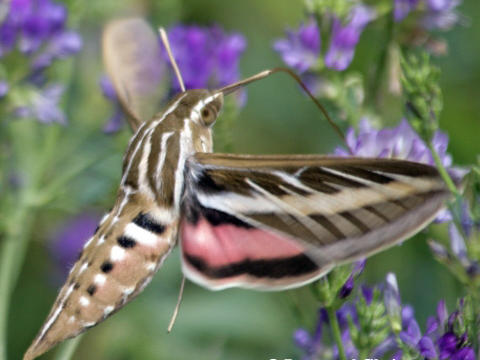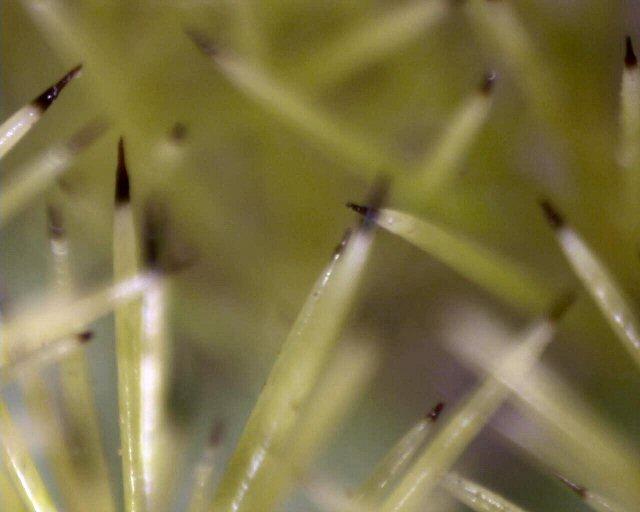
















 2
2




![Filename: fullsizeHornworm.jpg
Description: A few days more eating [Thumbnail for fullsizeHornworm.jpg]](/t/70850/a/54686/fullsizeHornworm.jpg)
![Filename: th6T60AYND.jpg
Description: Caterpillar, pupae, moth [Thumbnail for th6T60AYND.jpg]](/t/70850/a/54687/th6T60AYND.jpg)
 1
1






























 4
4




 11
11





Idle dreamer




 1
1








 3
3











 1
1





 1
1




List of Bryant RedHawk's Epic Soil Series Threads We love visitors, that's why we live in a secluded cabin deep in the woods. "Buzzard's Roost (Asnikiye Heca) Farm." Promoting permaculture to save our planet.
 1
1




Tyler Ludens wrote:There are many species of Sphinx Moth - please don't kill them unless they are on your tomato plants. I move them to Devil's Claw plants, the only non-tomato-relative plant that Tomato Hornworms will eat. I think they are cute and the moths are beautiful, so I don't like to kill them.
 I've sometimes wondered if putting a cheesecloth bag over the most-tempting plants would suffice to keep these moths at bay, since they're so large.
I've sometimes wondered if putting a cheesecloth bag over the most-tempting plants would suffice to keep these moths at bay, since they're so large.
yet another victim of Obsessive Weeding Disorder




Rez Zircon wrote:
Tyler Ludens wrote:There are many species of Sphinx Moth - please don't kill them unless they are on your tomato plants. I move them to Devil's Claw plants, the only non-tomato-relative plant that Tomato Hornworms will eat. I think they are cute and the moths are beautiful, so I don't like to kill them.
The moths are impressive. Unfortunate that their children are so voracious. I can attest that they will also strip cauliflower down to sticks.I've sometimes wondered if putting a cheesecloth bag over the most-tempting plants would suffice to keep these moths at bay, since they're so large.
Something got all but one of my tomato plants this year, and they were started a bit late... that one survivor, NOTHING chewed on. Nothing even taste-tested it. Not hornworms (we have lots of the moths), not grasshoppers (which were a plague this year and denuded the potato plants right next to it), not cutworms, not mice -- nothing. I wanted to save seeds because this seems a useful trait, but it also bloomed late and is just now setting its first fruit! and we already had a partial freeze (scorched about half the plant) so I dug it up and put it in a bucket so I can bring it in at night. It's not happy, but still hanging on... now if it'll keep going long enough to mature at least a couple fruits...




Celery




If it survives in my garden, it was meant to live!
















List of Bryant RedHawk's Epic Soil Series Threads We love visitors, that's why we live in a secluded cabin deep in the woods. "Buzzard's Roost (Asnikiye Heca) Farm." Promoting permaculture to save our planet.
 1
1























 1
1




List of Bryant RedHawk's Epic Soil Series Threads We love visitors, that's why we live in a secluded cabin deep in the woods. "Buzzard's Roost (Asnikiye Heca) Farm." Promoting permaculture to save our planet.
 1
1




Deb Rebel wrote:That's a fantastic trait and worth effort to keep a part of it alive long enough to get fruit and seed. You might also want to bag blooms and do the fertilizing yourself with a q-tip and rebag the blooms until fruitset. That way you know what the parentage is going into your seed. If you were close I'd visit you and beg for a few suckers to try to keep it alive.
 If someone wants to come to Billings Montana (well, Laurel, up the road a few miles) and rescue it, it's all yours!
If someone wants to come to Billings Montana (well, Laurel, up the road a few miles) and rescue it, it's all yours!
yet another victim of Obsessive Weeding Disorder








yet another victim of Obsessive Weeding Disorder
 1
1




![Filename: hqdefault.jpg
Description: Catalpa worm about full size [Thumbnail for hqdefault.jpg]](/t/70850/a/54818/hqdefault.jpg)
![Filename: untitledCatalpa.png
Description: More catalpa worms, no green and spike still icky [Thumbnail for untitledCatalpa.png]](/t/70850/a/54820/untitledCatalpa.png)




yet another victim of Obsessive Weeding Disorder
 2
2




Arthropods (Arthropoda) » Hexapods (Hexapoda) » Insects (Insecta) » Butterflies and Moths (Lepidoptera) » Silkworm, Sphinx, and Royal Moths (Bombycoidea) » Sphinx Moths (Sphingidae)
Life Cycle
Usually pupate in soil, though some form loose cocoons among leaf litter.























 2
2




List of Bryant RedHawk's Epic Soil Series Threads We love visitors, that's why we live in a secluded cabin deep in the woods. "Buzzard's Roost (Asnikiye Heca) Farm." Promoting permaculture to save our planet.
 1
1




yet another victim of Obsessive Weeding Disorder
 2
2




 3
3




Isaiah Hudson wrote:This caliper probably like this one, but the caterpillar poked me with its fur, and I don’t know what kind of caterpillar has poked and when it poked me, my knee is swollen and I have to get taken to the hospital
yet another victim of Obsessive Weeding Disorder
 3
3




Rez Zircon wrote:
Could be an Io moth caterpillar -- their spine venom is quite toxic, and can cause a painful, rapidly spreading dermatitis.
https://en.wikipedia.org/wiki/Automeris_io
Gardens in my mind never need water
Castles in the air never have a wet basement
Well made buildings are fractal -- equally intelligent design at every level of detail.
Bright sparks remind others that they too can dance
What I am looking for is looking for me too!

 3
3




 2
2




 3
3





yet another victim of Obsessive Weeding Disorder




yet another victim of Obsessive Weeding Disorder
 1
1








yet another victim of Obsessive Weeding Disorder

|
Wow! It's so clean! Did you do this tiny ad?
The new permaculture playing cards kickstarter is now live!
https://www.kickstarter.com/projects/paulwheaton/garden-cards
|





